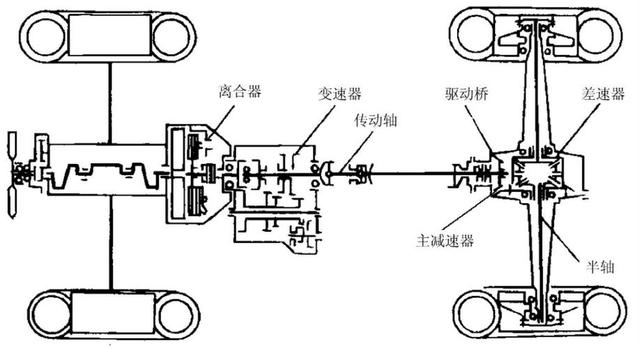



3. Continuously Variable Transmission (CVT):
The CVT operates on a fundamentally different principle: it does not have fixed gears. Instead, it provides an infinite number of ratios within a defined range. Most common CVTs use a pulley system:

4. Dual-Clutch Transmission (DCT):
A DCT combines the efficiency of a manual with the convenience of an automatic. Its principle involves two separate clutches—one for odd-numbered gears (1,3,5) and one for even-numbered gears (2,4,6). While one gear is engaged and transmitting power, the next anticipated gear is pre-selected on the other clutch shaft. When it's time to shift, the system simply disengages one clutch and engages the other almost instantaneously, resulting in incredibly fast and smooth gear changes.
The principle of the automotive transmission system is a elegant solution to the inherent limitations of the internal combustion engine. By intelligently managing torque and speed through a series of mechanical, hydraulic, and electronic components, it ensures that power is delivered to the wheels smoothly, efficiently, and effectively under all driving conditions. From the direct mechanical connection of a manual to the adaptive intelligence of modern automatics and CVTs, the evolution of transmission technology continues to focus on enhancing driving dynamics, comfort, and overall vehicle efficiency.